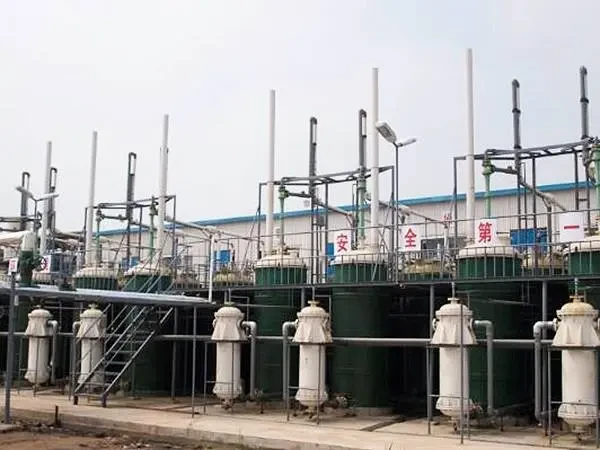



potassium peroxymonosulfate
Potassium Peroxymonosulfate An Overview of Its Properties and Applications
Potassium peroxymonosulfate (KHSO5) is a powerful oxidizing agent used in various applications, ranging from water treatment to disinfection and even in analytical chemistry. This article seeks to provide a comprehensive overview of potassium peroxymonosulfate, its chemical structure, properties, applications, and safety considerations.
Chemical Structure and Properties
Potassium peroxymonosulfate is a white crystalline solid, often marketed under various trade names, such as Oxone. Its chemical formula indicates that it includes a potassium ion (K+), peroxymonosulfate anion (HSO5−), and is often available in the form of salts. The peroxymonosulfate ion is characterized by its unique structure, which includes a peroxide linkage that confers its strong oxidizing properties.
The compound is highly soluble in water, which makes it particularly useful for various aqueous applications. When dissolved, it can release active oxygen species, thus contributing to its efficacy as an oxidizer. The stability of potassium peroxymonosulfate is one of its advantageous features, allowing it to be stored and transported with relative ease.
Applications
Water Treatment
One of the most significant applications of potassium peroxymonosulfate is in water treatment. It is utilized to oxidize organic and inorganic pollutants in drinking water, wastewater, and industrial effluents. Its efficacy in breaking down contaminants such as phenols, dyes, and pesticides not only helps in purifying water but also in reducing the concentration of harmful microorganisms. The compound’s strong oxidative potential enables it to neutralize pathogens, making it an excellent alternative to chlorine in certain applications.
Disinfection
potassium peroxymonosulfate

In addition to water treatment, potassium peroxymonosulfate is widely used as a disinfectant. Its effectiveness against bacteria, viruses, and fungi makes it valuable in healthcare settings, food processing, and even in household cleaning products. Unlike traditional chlorine-based disinfectants, potassium peroxymonosulfate does not produce harmful chlorinated byproducts, thereby contributing to safer environments.
Swimming Pools and Spas
Another prominent application of potassium peroxymonosulfate is in the maintenance of swimming pools and spas. It acts as an alternative to chlorine for oxidizing organic contaminants, enhancing water clarity, and improving sanitation. Its non-chlorine nature means users can enjoy a more pleasant swimming experience without the associated chemical smell or irritation.
Analytical Chemistry
Potassium peroxymonosulfate also finds uses in analytical chemistry. Its strong oxidizing properties facilitate various chemical reactions, including the digestion of samples and the determination of certain compounds. In this context, it serves as a valuable reagent for chemists and researchers looking to conduct precise analyses in a laboratory setting.
Safety Considerations
Although potassium peroxymonosulfate is generally considered safe for use in a variety of applications, it is still essential to handle it with care. It can cause irritation to the skin, eyes, and respiratory tract upon direct exposure. Consequently, appropriate personal protective equipment (PPE) should be worn when working with this compound. Additionally, it is crucial to store potassium peroxymonosulfate in a cool, dry place away from incompatible materials, such as strong reducing agents.
Conclusion
In summary, potassium peroxymonosulfate is a versatile and effective oxidizing agent that plays a vital role in numerous industries, particularly in water treatment, disinfection, and analytical chemistry. Its unique properties and applications make it a valuable compound, but responsible handling and usage are essential to ensure safety. As the demand for reliable disinfectants and water treatment solutions continues to grow, potassium peroxymonosulfate stands out as a promising option that meets modern environmental standards and requirements.
-
Why Sodium Persulfate Is Everywhere NowNewsJul.07,2025
-
Why Polyacrylamide Is in High DemandNewsJul.07,2025
-
Understanding Paint Chemicals and Their ApplicationsNewsJul.07,2025
-
Smart Use Of Mining ChemicalsNewsJul.07,2025
-
Practical Uses of Potassium MonopersulfateNewsJul.07,2025
-
Agrochemicals In Real FarmingNewsJul.07,2025
-
Sodium Chlorite Hot UsesNewsJul.01,2025










